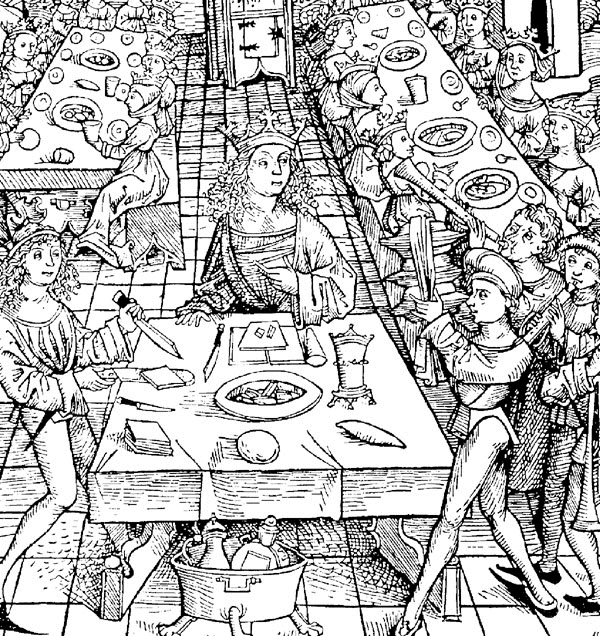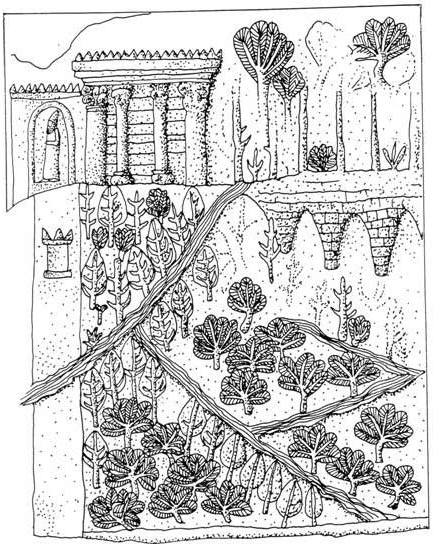A History of World in 6 Glasses- 30 min reading.
Keila Delgado

 This is a picture of Jabir ibn Hayyan's explanation of distillation in Arabic.
This is a picture of Jabir ibn Hayyan's explanation of distillation in Arabic.
Distillation involves vaporizing and then "recondensing a liquid" in order to separate and purify it (95). This process has ancient origins found in mesopotamia used to make perfumes. In the Arab world, that distillation process applied to wine by the "father of chemistry", Jabir ibn Hayyan (95). Distilling wine makes it much stronger, because when the water evaporates, the alchohol stays. In some ancient wisdom, this process "helped to rekindle the spirit of learning" in Europe.
The new drinks made from distillation became "dominant" during the Age of Exporation (97). They would be used to be transported on ships and became "economic goods" of such importance that their "taxation and control" became even more important politically which allowed it to determine the ways of history that came to be (98).
The outcome of these new drinks occurred just as European explores were first opening up the worlds sea routes which would reach the tip of Africa and cross the Atlantic to "establish" the "first links with the New World"(101).
In this path, there were african slavers, who traded slaves with products in exchange. The "most sought-after" were alchoholic drinks (104). Wine was a good form of currency, but the slave traders realized that brandy was even better. It had higher alcohol content in a small amount of space making it a "preservative"(105). As many products became the face of trade in this exploration (like wine, alcohol, and sugar), a "powerful" new drink was made from the waste of the sugar production process. This drink was rum.



